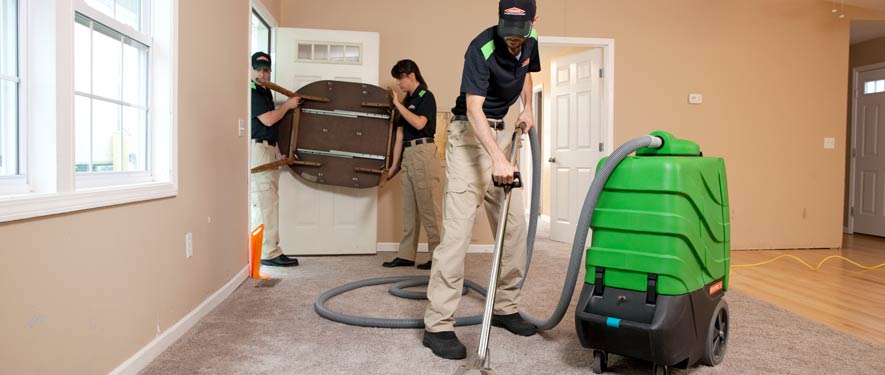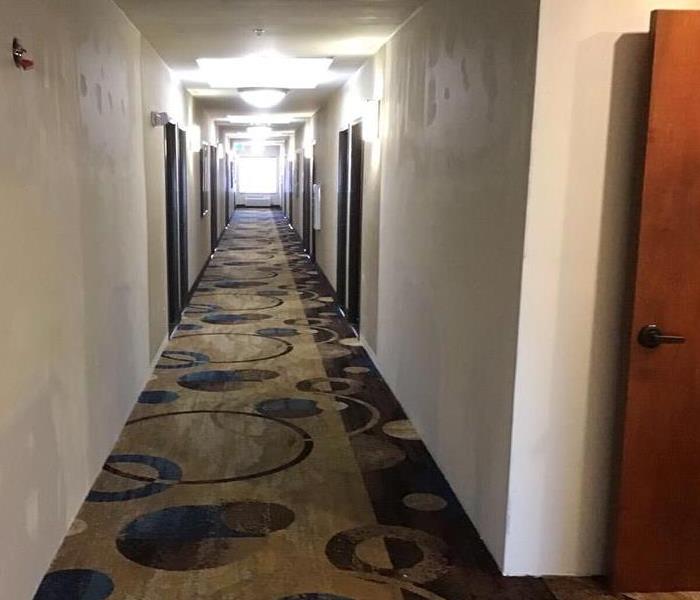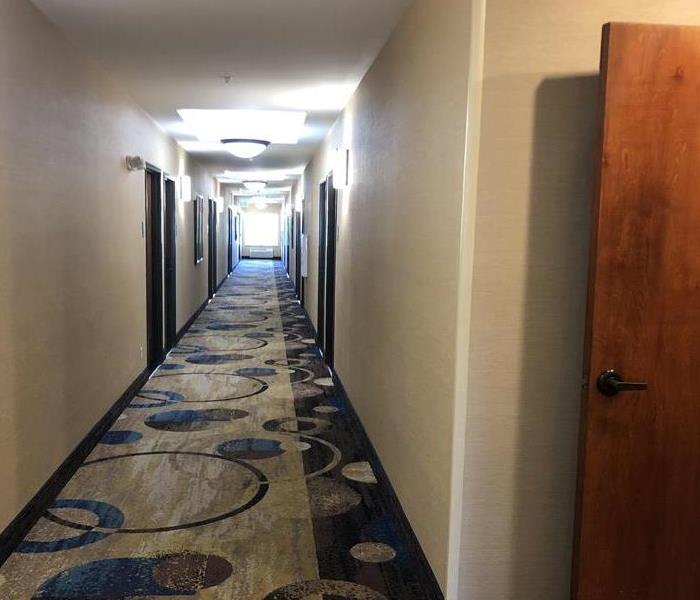
Step 3: Water Removal / Water Extraction
After the inspection and damage assessment is completed by our trained SERVPRO of Yamhill &Tillamook Counties technicians, the water extraction process begins. It's very important to remove as much excess water as possible to help speed up drying time. We use powerful pumps and truck-mounted vacuum units to quickly remove hundreds or thousands of gallons of water from your property. As the drying equipment is being set up, we work to extract the excess moisture from porous materials like carpet and pad. By removing the excess water it allows for the drying process to be that much quicker and less invasive. By removing that extra moisture it helps the dry-out process move that much more quickly and with less demolition needed.
Move-Out / Pack-Out
If your home requires extensive restoration or cleaning, SERVPRO of Yamhill & Tillamook Counties can conduct an organized, efficient move-out to protect your belongings from further damage.
- Move-Out Service
Emergency Water Removal
Our highly trained technicians will begin the water removal process almost immediately. Depending on the amount of water, we may use powerful submersible pumps in addition to industrial strength, wet/dry vacuums. Removing most of the water helps reduce drying time and helps prevent secondary water damage and mold and bacterial growth.
- Remove Excess Water
- Use Submersible Pumps and Industrial Wet/Dry Vacuums
Inspect the Carpet Pad and Carpet
We inspect the carpet and pad and determine if they should be removed to protect the subfloor.
- Inspect Carpet Pad and Remove If Needed
- Inspect Carpet and Remove If Needed
Water Removal Equipment
- Moisture detectors, hygrometers, and other meters measure the extent of moisture saturation.
- Infrared cameras may be used to find “hidden” water behind walls and ceilings.
- Submersible and gas-powered pumps are used for continuous pumping of high-level water.
- Truck-mounted and portable extraction units perform efficient water removal.

 24/7 Emergency Service
24/7 Emergency Service




